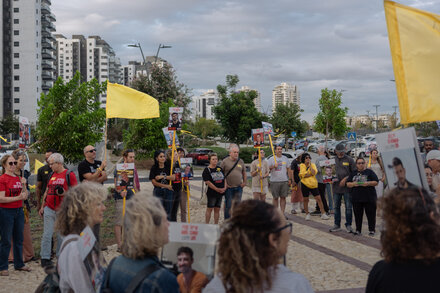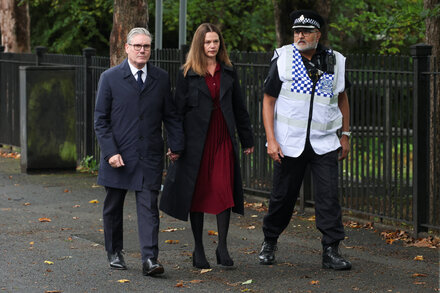
Efforts to secure a comprehensive hostage deal between Israel and Hamas have involved complex negotiations, primarily mediated by Qatar, Egypt, and the United States. While the specifics of proposals have varied over time, the fundamental elements of a potential agreement generally revolve around a multi-stage process involving the release of Israeli hostages, a ceasefire, and the provision of humanitarian aid to Gaza, in exchange for Palestinian prisoners held by Israel.
Core Components of Proposed Deals
Negotiations have consistently centered on several key pillars:
Hostage-for-Prisoner Exchange: A central tenet of all proposed deals is the release of Israeli hostages, abducted during the October 7, 2023, attacks, in exchange for Palestinian prisoners. The first phase of such an exchange typically prioritizes women, children, elderly, and sick hostages. Subsequent phases would address male civilians, soldiers, and the bodies of deceased hostages. The ratio of Palestinian prisoners to Israeli hostages has been a significant point of contention, with Hamas often demanding the release of a large number of high-profile prisoners.
Temporary Ceasefire: Any hostage deal is generally linked to a temporary pause in hostilities, or a “humanitarian pause” or “ceasefire.” The duration of this pause often correlates with the number of hostages released in a given phase. Hamas has consistently pushed for a permanent ceasefire and a complete withdrawal of Israeli forces from Gaza, demands that Israel has largely rejected, insisting on its right to continue operations until its objectives are met.
Humanitarian Aid: A critical component involves the significant increase in the entry of humanitarian aid, including food, water, medicine, and fuel, into the Gaza Strip. This element is often tied to the duration of the ceasefire, aiming to alleviate the severe humanitarian crisis in the enclave.
Sticking Points and Mediation Efforts
Mediators have faced substantial challenges in bridging the gap between the demands of both sides. Hamas’s insistence on a permanent ceasefire and the full withdrawal of Israeli troops from Gaza before the release of all hostages has been a primary obstacle. Israel, conversely, has maintained that it will not agree to a permanent ceasefire until Hamas is dismantled and all hostages are returned.
Speaking on the difficulties, U.S. Secretary of State Antony Blinken has stated, “The gaps are narrowing. We’re continuing to work it, and I’ve spent a lot of time on it in the last couple of weeks, talking to our Israeli counterparts, to the Qataris, to the Egyptians. So we’re not giving up.”
Sources close to the negotiations have indicated that a multi-stage proposal frequently includes an initial six-week ceasefire, during which Hamas would release approximately 40 Israeli hostages (women, children, elderly, and sick). In return, Israel would release several hundred Palestinian prisoners and allow a substantial increase in humanitarian aid. Subsequent phases would then address the remaining hostages and potentially lead to more extended pauses or a permanent cessation of hostilities, dependent on further negotiations.
The involvement of international organizations like the International Committee of the Red Cross (ICRC) is typically stipulated for facilitating the exchange of hostages and prisoners and ensuring their well-being.
While specific proposals have seen periods of optimism and setbacks, the core framework for a potential deal remains focused on the intertwined elements of hostage release, a pause in fighting, and humanitarian relief, all against a backdrop of complex and often intractable political demands.
Source: Read the original article here.





